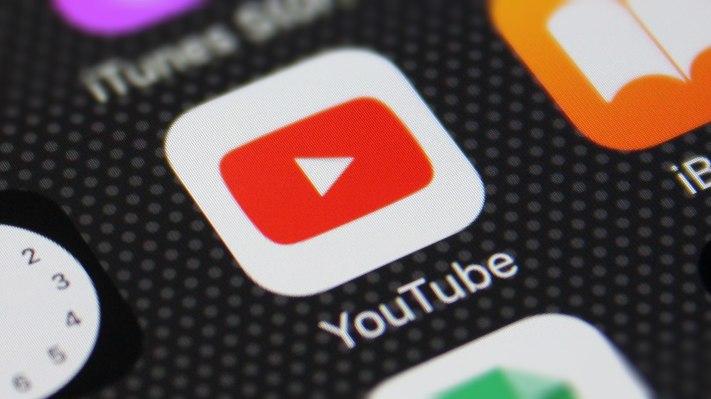Demand for mobile live streaming on YouTube appears to be strong, given the fact that YouTube shot up to the top of the App Store – a position it hasn’t held since December 2015 – following reports of YouTube opening up this feature to more users. Earlier this week, YouTube was spotted having relaxed its earlier restrictions on mobile live streaming, which was initially only available to creators with 10,000 or more subscribers.
YouTube recently dropped the requirement down to only 1,000 subscribers. The company did not make an official announcement about the change, but YouTube confirmed the details with TechCrunch – noting that the feature is now broadly open to all users with 1,000+ subscribers, not a random pool.
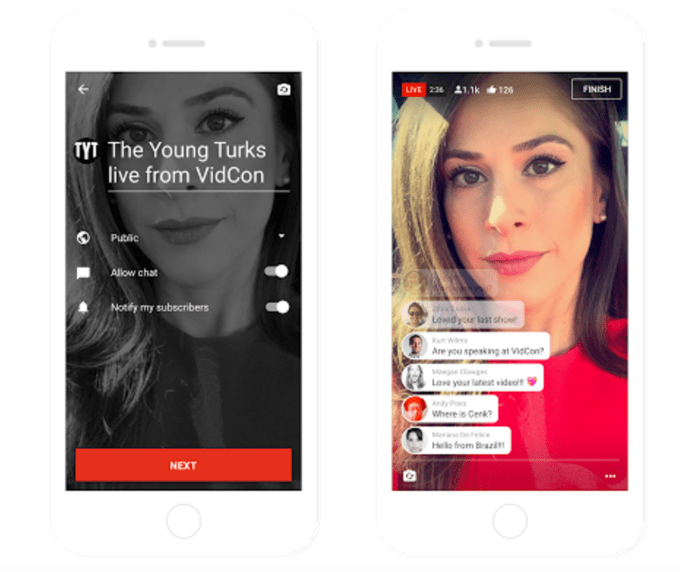
The iOS app then subsequently flew up to the top of the App Store yesterday, according to Sensor Tower’s data. It continued to sit at number one, as of the time of writing. (By time of publication, it dropped to #2).
We should note that YouTube is nowhere nearly as highly ranked on Google Play, where it’s a #2 video player, but #210 overall app. But this speaks more to the fact that YouTube comes pre-installed on many Android smartphones, and doesn’t require a separate download.
The folks at Sensor Tower were the first to notice the App Store jump, and App Annie has also confirmed that YouTube had not ranked #1 for Overall iPhone downloads in the U.S. since December 2015.
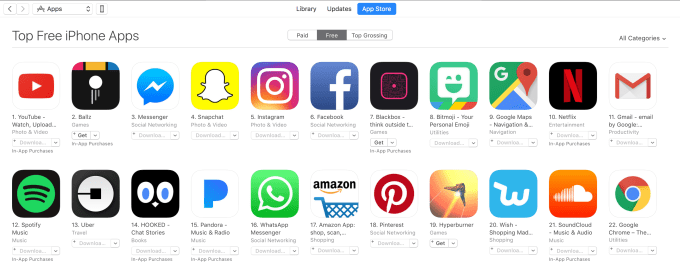
The third-party firms’ data may vary from the actual App Store listings, but we checked the App Store directly several times yesterday as well as this morning, and saw YouTube at the top.
YouTube is already a highly ranked iOS app, of course – its lowest Overall ranking this month so far was #9, for example, and it hasn’t really dropped below that all year. But it still takes a sizable amount of momentum to climb up the ranks when you’re in the top 10 – indicating that there was an increase in downloads and the velocity of downloads over the past couple of days.
There are several reasons that an established app like YouTube could have seen a large enough increase in downloads to account for its move to the top of the charts, seemingly overnight.
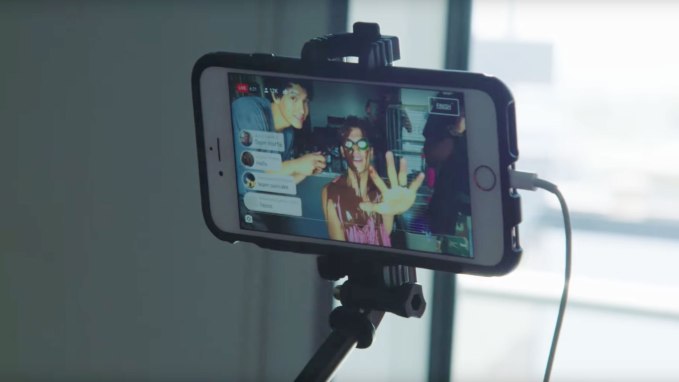
The company could have changed its ASO strategy (App Store Search Optimization), for example. Like SEO, but for the App Store’s search interface, a tweak here could have helped the app become more visible and highly ranked in the search results. But App Annie says there has been no notable change on this front.
YouTube could have also run advertising or marketing campaigns to boost downloads, or snagged a “Featured” position in the App Store. But again, App Annie has not spotted anything different here, either. More specifically, YouTube hasn’t had any noticeable changes in terms of featuring during the past week, the firm says.
The app may have benefitted from other apps around it seeing a decrease in downloads, which then decreased their rankings. That is to say, not only did YouTube likely see a huge growth in the number of downloads to make this move, it also had to be growing faster relative to its peers. (It wouldn’t have increased its ranking if its surrounding apps had also experienced a similar growth in downloads – it only rose because it grew bigger than the other apps around it.)
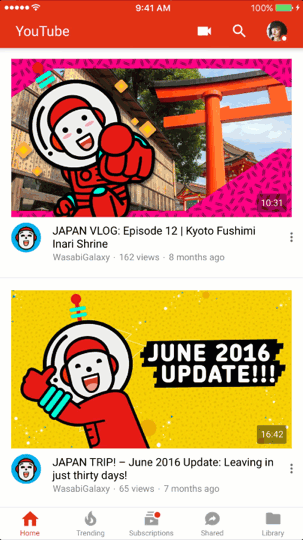
That’s remarkable, however, because YouTube’s gain occurred amid a flurry of news from Facebook, which has been holding its annual developer conference F8 this week.
At the event, the company announced a slew of changes coming to its apps, including things like its Camera Effects platform that will bring more AR features to Facebook’s Camera; new chat extensions for Messenger and group bots; QR codes in Messenger and upgrades to its assistant M; an offline mode for Instagram, and more.
One would think that all the Facebook news could have bumped up Facebook’s own apps in the App Store’s rankings. But YouTube outpaced both Facebook and Messenger, as well as Snapchat, which had tried to head off F8 with an AR lens update of its own.
YouTube’s bump up in the charts is indicative of its large and powerful community, and the potential for the mobile live-streaming technology to impact the way these video creators reach their audience. This, in turn, will make YouTube a significant threat to rival streaming services like Twitter’s Periscope and Facebook Live.
The top 10 apps this morning are mobile games Ballz (#2, then moved to #1) and Blackbox (#7), and Messenger (#3), Snapchat (#4), Instagram (#5), Facebook (#6), Snapchat’s Bitmoji (#8), Google Maps (#9) and Netflix (#10). YouTube was ranked number one for most of this morning, in addition to yesterday.
